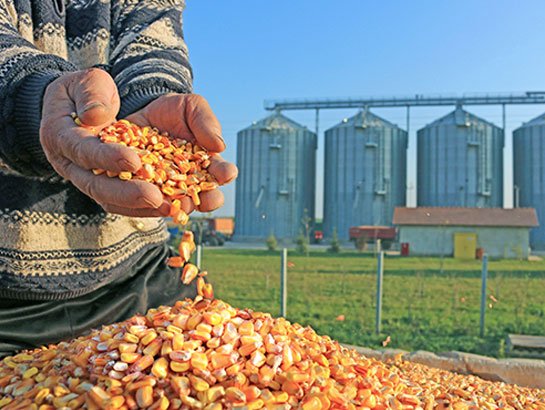What are successful models for embedding biofortification within food systems?
A paper recently published in the Food and Nutrition Bulletin, “Scaling Up Delivery of Biofortified Staple Food Crops Globally,” presents three country- and crop-specific case studies from India, Nigeria, and Uganda, to illustrate some of the adaptive and tailored approaches used to introduce, scale up, and sustain biofortification into a food system.
The case studies also reveal lessons learned from delivery across these specific countries to guide future expansion programs. Moreover, the paper also illustrates that any strategy for scaling up biofortification needs to be evidence-based, entrepreneurial by design, and context-specific.
- In the case study concerning India, there was strong public and private sector iron pearl millet (IPM) breeding programs and a well-established commercial seed sector. Thus, to scale up IPM, HarvestPlus established partnerships with public and private seed companies. The collaborations facilitated the rapid commercialization of products and engagement of farmers in delivery activities.
- In Uganda’s case, orange sweet potato (OSP) is a subsistence crop. Due to this, the seed systems and markets are mostly informal. To counter this, HarvestPlus established a network of partnerships with community-based nongovernmental organizations and vine multipliers to popularize and scale-up the delivery of vitamin A-biofortified OSP.
- In Nigeria’s case, it was observed that HarvestPlus stimulated the initial acceptance and popularization of vitamin A cassava (VAC) using a host of creative approaches, including “crowding in” delivery partners, innovative promotional techniques, and the development of intermediate raw material for Nigerian crop industry.
Despite the regional differences, the paper provides key findings common to all contexts when scaling up the delivery of biofortified staple food crops globally. Some of the key takeaways from the article are listed below:
The first and foremost step is the introduction of biofortified seeds and cuttings into farming systems. Penetrating the market requires a reliable pipeline of nutrient-enriched varieties that meet farmers’ agronomic, taste, and nutrition expectations. Mainstreaming nutrition traits are essential for assuring quality for nonvisible trait crops, like IPM in India. In contrast, mainstreaming nutrition traits will not be very beneficial for visible trait crops (such as OSP in Uganda and VAC in Nigeria) where market segmentation occurs on the crop color or other discernable traits. Moreover, “mainstreaming” nutrition traits onto all seeds helps maintain minimum standards for micronutrients such as iron and zinc.
Secondly, a self-sustaining and demand-driven seed multiplication system for biofortified crop varieties is required. To drive demand up for the new and improved biofortified crop, farmers must be provided with demonstrable agronomic, nutritious, and economic advantages. For example, in the Ugandan and Indian context, OSP and IPM, respectively, provided a significant yield increase over conventional varieties. Similarly, in Nigeria’s case, VAC provides farmers with a 2:1 return on their investment.
Although a demonstrable improvement in yield and recovery can help induce demand, other demand creation activities can also help scale up the use of biofortified seeds. Multiple demand creation activities, such as linking farmers to markets, incentivizing farmers, and food processors toward a long-term commitment to biofortification, can also be adopted, depending on the specific context.
Since nutrition is often a shared priority of public, civic, and private sector decision-makers, a practical multisectoral approach fosters an enabling environment to integrate biofortification across food systems, policies, and programs. For example, in India’s and Uganda’s context, participation in public and private platforms resulted in the inclusion of biofortification in federal Agri-nutrition and health programs and policy-agendas.
Finally, the successful scaling and sustainability of biofortified crops necessitate collaborative private and public partnerships, which is evident across all these case studies:
- In India, the private sector dominates millet seed production and delivery as private companies primarily carry IPM to market.
- In Nigeria, while public partnerships stimulate the supply chain, the long-term success of VAC lies in private commercial collaboration.
- In Uganda, progress has been achieved mainly through NGO partners.
In summary, there is no one-size-fits-all approach to scaling up delivery of biofortification, as seen in all three case studies. The paper highlights the lessons learned from multiple large-scale delivery strategies used by HarvestPlus to scale up biofortification across different country and crop contexts. Various tactics and behavior change communication strategies can successfully promote biofortified crops, as long as policy actors adopt a specific, locally embedded, multisectoral, and well-contextualized approach when scaling the delivery of biofortified staple food crops globally.
